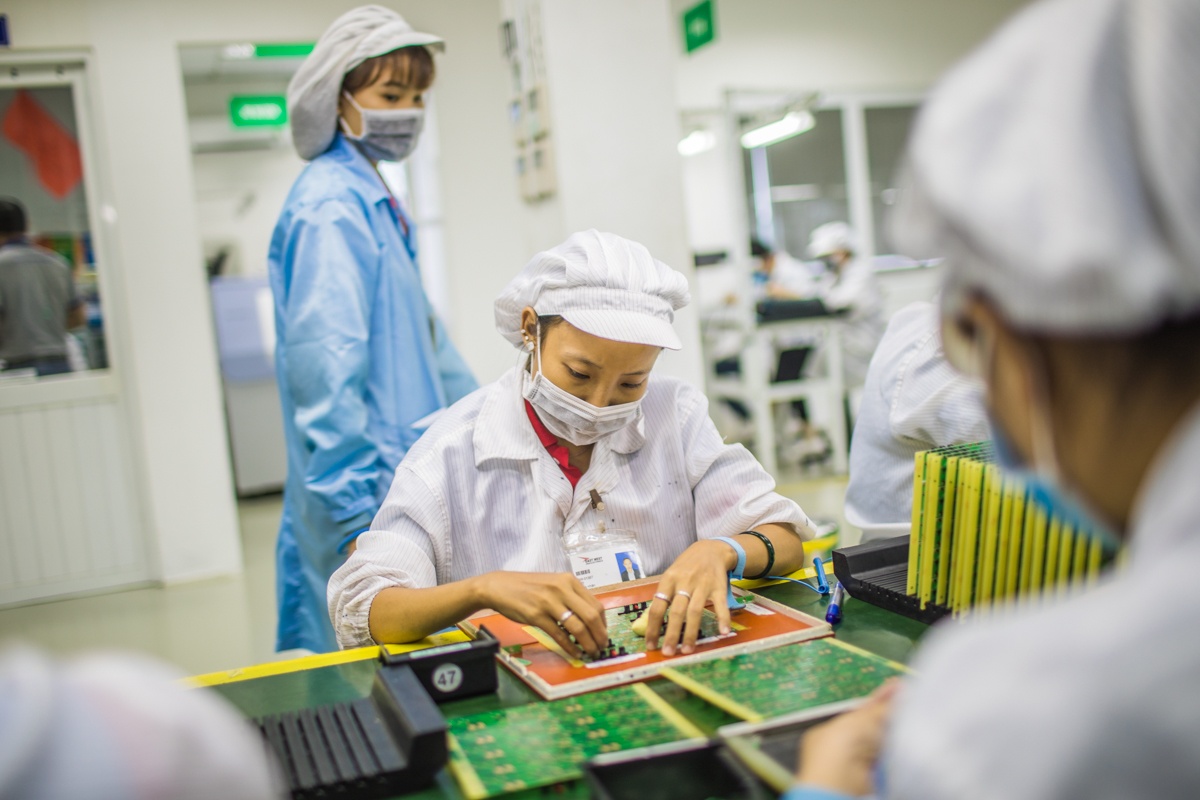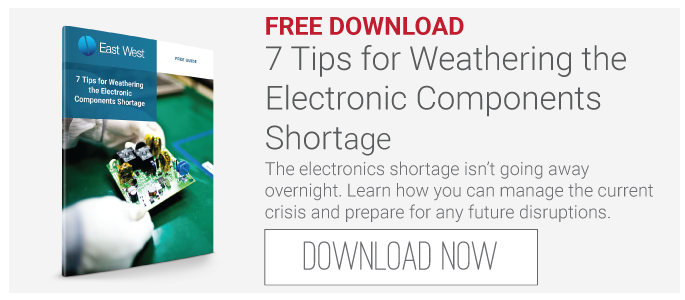
Hey, we get it. No one, NO ONE, likes to wait. But there are ways to mitigate the potential delays in ordering electronic assemblies containing long lead time (LLT) components.
First, let’s look at why some components have such long lead times.
- The electronics component shortage is messing with EVERYONE. It’s also not going away soon.
- Inventory is money, and there’s little incentive for factories to hold inventory. Because production lines are booked months in advance, you can end up waiting months to receive your parts.
However, there are a few tricks of the trade that can help you with managing long lead time component ordering and hopefully keep that bottle of Ibuprofen at bay.
Set Up Blanket Purchase Orders for Finished Goods
Using blanket orders gives the contract manufacturer authority to order LLT components in advance and hold stock. The customer can ask for staged releases of components to keep the supply chain rolling along. Can’t do a blanket PO? Provide the contract manufacturer with an Estimated Annual Usage (EAU) so they can anticipate LLT component needs.
Create an Inventory Arrangement for Long Lead Time Components
Set up a procedure for the supplier to hold inventory of components with lead times greater than a specified number of days. Here’s how it works:
- Based on EAU, the supplier provides list of components that meet the criteria, with a total cost of goods required for an order.
- Customer issues a PO for that amount and promises to place an order for finished goods (FG) within a specific number of days of arrival of the LLT components. The components are held at the supplier’s location (for instance, the supplier may hold the parts in inventory for 90 days).
- Once that time is up, the customer either places an order for FG, or pays the supplier for the LLT components they ordered in anticipation of the order.
- This does two things: 1) it guarantees LLT goods are on hand when the customer needs them, 2) it protects the supplier from holding unpaid inventory. The customer is responsible for paying the supplier according to the terms of agreement.
- Usually the process begins again when a customer places another PO for FG. As the pre-ordered LLT components are used, the supplier immediately makes another order.
For the plan to work, the customer must provide an annual EAU or sales forecast so the supplier can keep the LLT components pipeline full.
Source from Stocking Distributors
Stocking distributors offer an important feature: flexibility. They are authorized sellers that offer flexibility in availability, quantity (no minimum order quantity - MOQ) or lead time. This type of service comes at a price. The customer can get components much more quickly through a stocking distributor by paying more. On the up-side, as authorized sellers, these companies have close relationships with suppliers so quality and authenticity are usually assured.
Two Ways to Protect Your Business from LLT Component Headaches
Diversity is the Best Policy
It’s never a good idea to rely on one source for components. Make sure you qualify alternative components and component suppliers. Not only will it keep your production lines humming, it gives you flexibility and leverage when you’re negotiating about MOQ, lead time and pricing with your primary supplier.
Build a Better Bill of Materials
Your bill of materials (BOM) should be as comprehensive as possible. Include detailed specification and a list of approved substitutions for each component. No surprises - no confusion. This will save you time and hassle if a substitution has to be made. If a part doesn’t have an approved substitute, make sure to include the contracted price and lead time on you BOM.
Long lead time components are a fact of life no matter where your manufacturer is located. The best thing you can do be knowledgeable and plan accordingly. Decisions are always ‘easier’ when you have all the facts.
Read more:
- 5 Tips for Building Supply Chain Redundancy
- Protecting Your Supply Chain from Disaster
- How Strong Supplier Relationships Add to Your Bottom Line




.jpg?width=176&height=56&name=MR_associatedNetwork_logo%20(1).jpg)